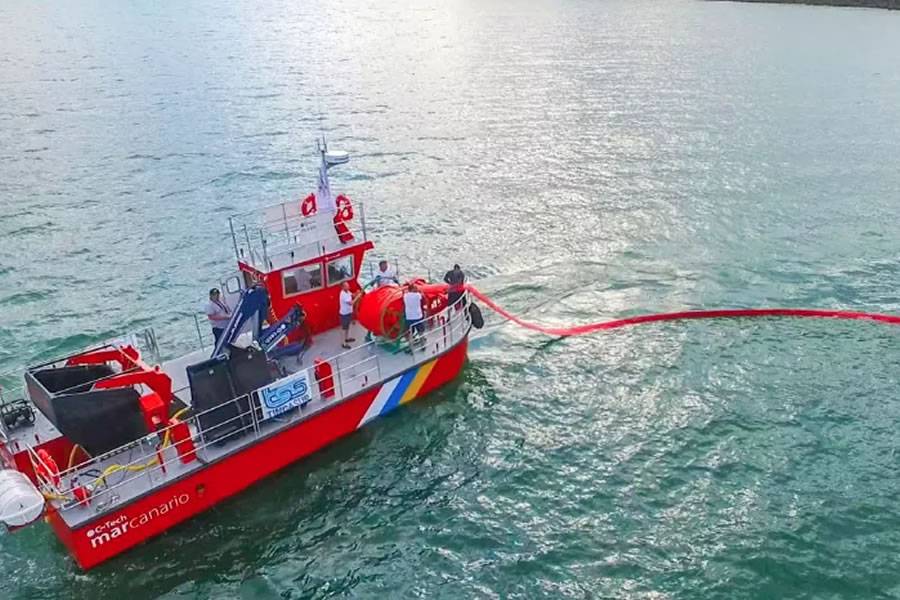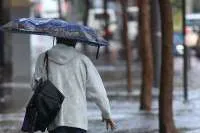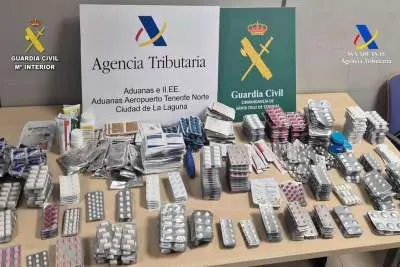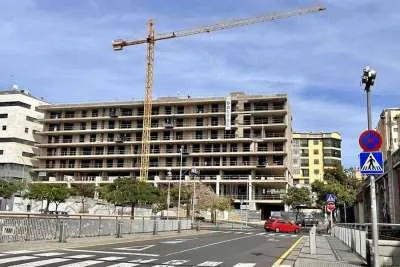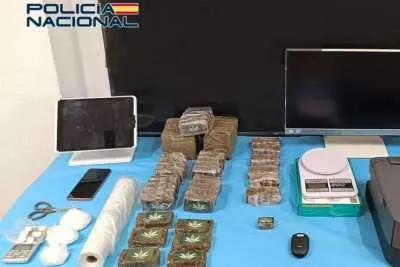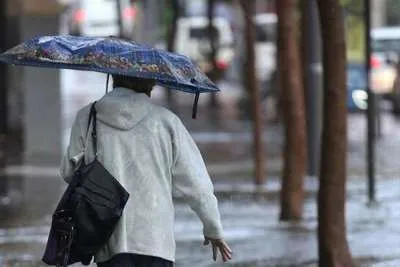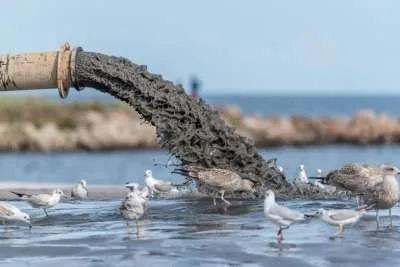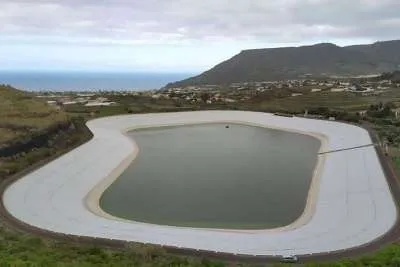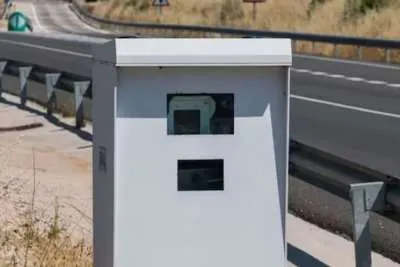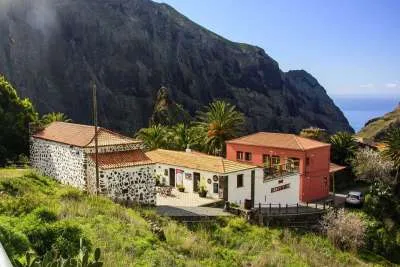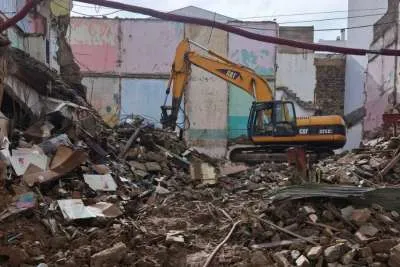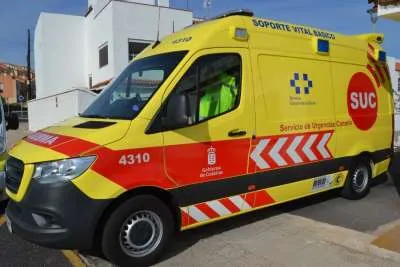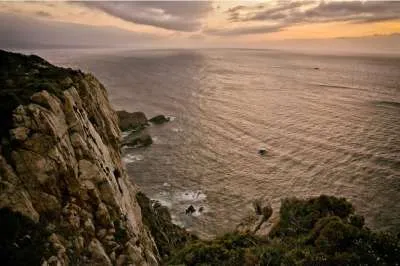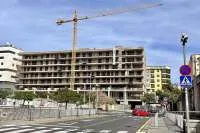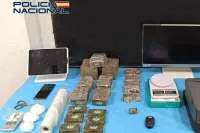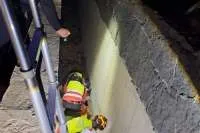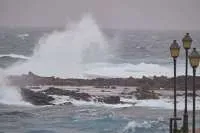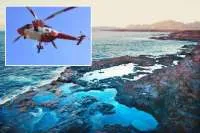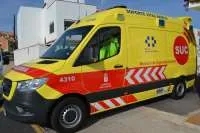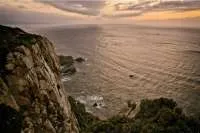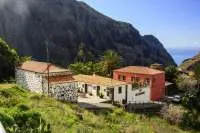A Canarian company owns the best marine cleaning boats in the world
- 27-08-2023
- National
- Canarian Weekly
- Photo Credit: Newport Group
Microplastics, waste, fuel, microalgae, there are many types of discharges or elements that accumulate in the waters of the whole planet and endanger not only marine biodiversity but also pose a risk to human health. Given this, there are companies that are dedicated to carrying out cleaning tasks to avoid the serious damage that they can cause to the flora and fauna that inhabits under seas and oceans.
Among them is a Canarian company that has the best boats for these tasks. The vessels of Ocean Cleaner Technology, from the Newport Group, can eliminate the large patches of microalgae, which are present in the Canary Islands during the summer, in just a few days.
Pollution, habitat destruction or loss of biodiversity are some of the most common concepts when talking about pollution in the seas and oceans. In some cases, it is a natural process - aggravated by global warming - and, in others, by the intervention of humans who, in many cases, have a lack of awareness about the amount of waste that is dumped every year.
The main substances discharged include herbicides, pesticides, fertilizers, detergents, chemicals, hydrocarbons, plastics, and wastewater. All of them cause a great environmental impact that damages biodiversity and puts human health at risk. What is the situation in the Canary Islands? What are the main problems that are generated in the water around the Islands?
With the arrival of summer, it is increasingly common to observe the arrival of large spots caused by microalgae on the coasts of the Canary Islands. The reason for its appearance, or the increase in its presence, may be due to the increase in sea temperature that has been occurring in recent years, strong solar radiation, or episodes of haze.
Microalgae and microplastics, the big problem in the Canary Islands.
The Canary Islands is currently one of the areas in the world most affected by the presence of microplastics. This is one of the conclusions reached by the Implamac project, which investigates the presence of this element in the waters and marine ecosystem of Macaronesia.
Likewise, according to a study by Eomar, more than eighty contaminants have been found in these microplastics. A problem that is concentrated, to a greater extent, on the coasts facing northeast where up to 300 grams per square metre have been found.
With all this, we must not leave aside the risk that, as a group of islands, the continuous traffic of ships, merchants or cruise ships that arrive can pose a serious pollution problem, not only due to the waste that is generated but also in the event of any fuel leak that may occur at any point in the Archipelago. But is there a way to deal with it? Is it possible to clean the sea in the presence of these elements?
The Canarian company Ocean Cleaner Technology, from the Newport Group, has developed an innovative marine technology, focused on caring for the marine and fluvial environment, to achieve a blue circular economy in a world that is trying to achieve a more sustainable development. A bet that places it as a benchmark in marine cleaning and that has allowed it to obtain the European Seal of Excellence, a quality hallmark within the Union's research and innovation program.
Thus, Ocean Cleaner Technology offers a multitasking boat that allows the collection of marine waste, including microalgae, crude oil, hydrocarbons, algae, microplastics or floating solids. Such is its capacity, that it was required, at the request of Gibraltar, to carry out the cleaning of fuel spilt by the ship OS35, after an accident that occurred in August of last year, where it swept a surface of a million square metres for twelve days and stored 26,000 litres of fuel with water, returning 1.4 million litres of clean water.
The Ocean Cleaner Technology boat adapts to each type of waste.
How is this cleaning done? This is a task in which the ship must make passes in the affected area, always at low speed, to carry out the removal of the material or substance found in the sea. The boat has a double hull structure like a catamaran and the contaminated water that passes between the two keels is treated by the cleaning system built into the boat, which is adjusted according to the residue.
Likewise, it allows you to carry out other maintenance tasks in port areas, or even carry out conservation tasks, by being able to transport equipment and material as it has a wide deck. It is also worth noting its low draft of just 0.60m, which allows it to operate in shallow areas.
Once the cleaning is done, the ship unloads the material in port for further treatment. In short, a commitment to give a quick and effective response that allows to guarantee the safety, not only of humans, but of all marine biodiversity.


